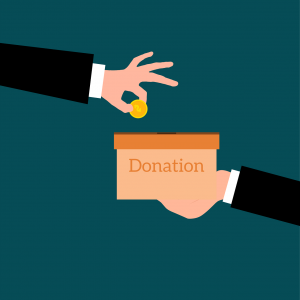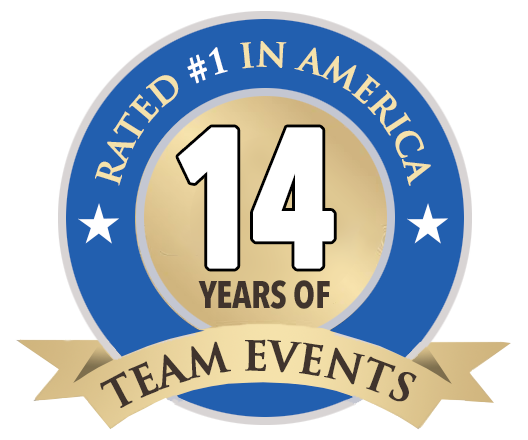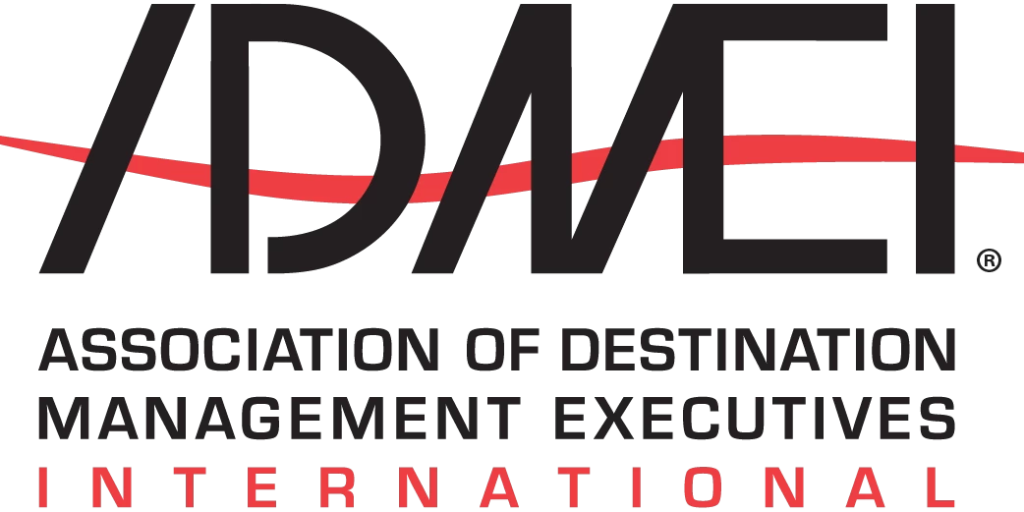In today’s tech-forward modern corporate world, communication flows through myriad channels. The breakneck speed of the day-to-day workplace rhythm begs the question: how can teams truly connect and collaborate effectively? The answer lies not just with rapid communication but with the communication cornerstone of active listening. When team members go beyond merely hearing their colleagues’ words, and engage in the dialogue to understand diverse perspectives, that transforms workplace interactions into active listening and collaboration. The practice of active listening allows ideas to flourish, transforms conflicts into resolutions, and brings innovation and creativity to the forefront. In this post, we will delve into the significance of active listening in the workplace in fostering a culture of communication, understanding, and collaboration within your team.
The Importance of Active Listening in Team Building
Active listening serves as the catalyst for cultivating a positive and cohesive work environment and elevating team collaboration to new heights. Active listening goes beyond the mere reception of words and immerses the listener in the speakers’ perspective, enhancing understanding, validating contributions, and building trust between team members. In this environment, individual contributors feel more empowered to share innovative thoughts with the expectation of honest, thoughtful consideration from leaders and colleagues.
When focusing on active listening in team building activities, teams will walk away with the tools to cultivate a positive work environment and enhance collaboration.
Cultivating a positive work environment
When team members feel genuinely heard it contributes to a sense of inclusivity to the team and organization. Individuals will be more comfortable communicating openly and actively participating in discussions and offering constructive feedback. This positive work environment brings together the collective intelligence and creativity of the team, allowing for stronger business outcomes and solutions.
Enhancing Team Collaboration
Through active listening, team members gain a deeper understanding of each other’s strengths, weaknesses, and unique perspectives. This allows the team to collaborate more effectively, leveraging diverse skills and viewpoints to achieve common goals while limiting miscommunication and resulting conflicts that can impede team cohesion.
Benefits of Active Listening
Active listening is, as named, not a passive tool; it is a dynamic technique that must be practiced continually to propel teams forward. When leveraged well, it fosters improved decision-making and conflict resolution and lays the building blocks for trust among team members.
-
Improved Decision Making
In the business world, progress is driven by decisions. Active listening lays the groundwork for informed and effective decision-making by bringing forward the relevant perspectives of all team members for consideration. With diverse ideas and perspectives, teams can weigh various options, weigh potential challenges, and arrive at thoroughly-considered conclusions. The result is informed and solid decisions that will drive initiatives towards success.
-
Conflict Resolution
While conflicts are inevitable in any workplace dynamic, active listening is a powerful de-escalation and resolution tool. By going beyond hearing the words of a conflict to understand the underlying concerns and motivations of the parties involved, active listening can transform disputes from a harmful impediment to team productivity into opportunities for understanding, compromise, and forward progress. When team members feel their perspectives are acknowledged, conflicts can become an avenue for growth instead of a barrier to success.
-
Building Trust
If active listening is a cornerstone of communication, trust is the cornerstone of a successful team. Active listening builds trust by demonstrating respect for each team member’s voice. This trust smooths the way for day-to-day operations and navigating challenges cohesively to a successful resolution. A strong foundation of trust allows teams to be more adaptable and resilient and to evolve with the ever-changing landscape of their workplace.
-
Increased Productivity
It may seem like active listening would take more time and effort in team communications; in actuality, it has the power to streamline communications. When team members practice active listening, the messages and instructions relayed amongst the team are delivered with clarity and precision, while misunderstandings – and the potential resulting errors – are minimized. Time that might have otherwise been spent on clarifications and corrections is saved through active listening and can be reallocated toward achieving goals.
-
Enhanced Employee Engagement
Active listening from teammates, and even more importantly from leaders, signals to employees that their opinions matter and their ideas are valued. Employees who feel heard and valued gain a sense of investment in their team and the organization as a whole and are more likely to be actively engaged in their work.
Practical Tips for Developing Active Listening Skills
As we’ve established, active listening is the key to turning interactions into collaborations. Developing and nurturing this skill requires a conscious effort to understand, engage, and respond. Here are some practical tips to foster active listening skills on your team:
-
Give Your Full Attention:
When engaging in a conversation, set aside distractions. Put away your phone, close unnecessary tabs, and turn away from your computer screen. Demonstrate through your body language that the speaker has your undivided attention. This shows respect and allows you to absorb and process information more effectively.
-
Practice Non-Verbal Cues:
Non-verbal cues, such as nodding, maintaining eye contact, and mirroring body language, convey your attentiveness and interest. These cues reassure the speaker and help you stay engaged in the conversation. Be mindful of your non-verbal signals, ensuring they align with your intent to actively listen.
-
Clarify and Summarize:
Periodically paraphrase or summarize what you’ve heard to confirm your understanding. This demonstrates that you are actively processing the information and provides an opportunity for clarification. Asking questions for further explanation or context shows genuine interest and ensures that you grasp the nuances of the conversation.
-
Empathize and Validate:
Acknowledge the speaker’s emotions and experiences. Empathizing doesn’t necessarily mean agreeing; it means understanding and respecting the other person’s perspective. Use statements like “I can see why that would be challenging” or “I understand how you might feel that way” to validate their feelings and experiences.
-
Delay Judgment:
Resist the urge to formulate your response while the other person is still speaking. Avoid interrupting or jumping to conclusions. Instead, let the speaker finish expressing their thoughts before you offer your perspective. This demonstrates patience and allows for a more thoughtful and informed response.
-
Remove Barriers:
Create an environment that encourages open communication. Physically, this might mean arranging seating to foster face-to-face interaction. Psychologically, it involves being approachable and approach-oriented, removing any perceived barriers that might hinder transparent communication.
-
Reflect on Your Own Listening Habits:
Regularly self-assess your listening habits. Consider your strengths and areas for improvement. Are you prone to interrupting? Do you tend to form judgments quickly? Identifying these tendencies allows you to actively work towards overcoming them and becoming a more effective listener.
-
Seek Feedback:
Encourage feedback from colleagues or team members about your listening skills. They may offer insights into aspects of your communication style that you may not be aware of. Constructive feedback is a valuable tool for continuous improvement.
-
Engage in Active Listening Exercises:
Practice makes perfect. Engage in active listening exercises through role-playing scenarios or real-life conversations. Set specific goals for each practice session, such as maintaining eye contact or avoiding interruptions. Over time, these intentional efforts will become ingrained habits.
-
Attend Training and Workshops:
Consider participating in workshops or training sessions focused on active listening. These programs often provide valuable insights, practical exercises, and real-world scenarios that can significantly enhance your skills.
A straightforward way to start practicing active listening with your team is to try an exercise demonstrating how often individuals’ communication is centered on themselves. Pair up team members and instruct one partner to speak continually for 3 minutes on any topic they would like, but without using the word “I.” Their partner may not speak or respond at all during this time. Then, they reverse roles and repeat. When the exercise is complete, reflect together. Ask team members which role was easier for them and why? How did listening without being able to respond or contribute make you feel? How did it feel to speak with no response? Was it difficult to eliminate the word “I”? What changes can we make to our communication to better focus on and include our listener(s)?
Incorporate Active Listening With Team Building Activities
Team building provides an ideal opportunity to cultivate active listening skills, foster collaborative spirit, and strengthen the bonds that make teams work well together. Selecting a team building exercise with the team dynamics, size, and goals in mind will help to hone in on the specific active listening skills and applications that will benefit the participants most. Promoting active listening and enhanced understanding among team members is an excellent place to start for any team, and activities can be scaled to suit groups of any size by forming sub-groups to create direct participant interactions in even the largest of groups. Activities where active listening is practiced require engagement in both listening and responding, strengthening communication skills for the speakers and listeners.
An activity incorporating active listening into collaborative problem-solving might be more suitable for larger teams. Achieving a shared goal requires active listening and emphasizes the importance of each team member’s contribution to the overall solution. Activities that encourage networking and relationship building among large teams also promote a sense of connection and understanding among team members, which fosters a workplace environment that supports engaging in active listening.
Smaller teams benefit from exercises geared towards enhancing trust and teamwork through hands-on partnered challenges, where team members must actively rely on each other’s guidance. This provides a tangible and experiential understanding of the impact of active listening – or the consequences of its absence.
Best Corporate Event Programs for Enhancing Team Communication
Professional Development and Training programs like our DiSC Profile Workshop, Emotional Intelligence Training, or Myers-Briggs Training directly address vital elements crucial to active listening by examining personality types and communication styles and delving deeper into a comprehensive understanding of the impacts and actionable tools teams can use to manage and embrace the diversity of their team.
In programs like Bridge to the Future, Pipeline, and Total Recall, practical active listening skills are essential as small teams work together closely to build one part of a larger structure but must also collaborate with other teams to ensure all of the parts work together.
We blend applicable workshop elements with team building in programs like our trademark Competition to Collaboration® and Igniting Team Performance®, highlighting the positive impacts of organizational synergy and team collaboration. Or, elements of active listening can be practiced and reinforced through customized activities during an engaging Speed Networking event.
To help make the ideal choice from our 120+ in-person and virtual team building programs, we administer a detailed needs assessment to match the best program to your specific business goals and objectives.
Make Active Listening at Work a Part of Your Company Culture
In the grand scheme of team collaboration and workplace dynamics, active listening is the glue that connects harmony, cooperation, collaboration, and a shared purpose. We’ve explored the multifaceted benefits – from improved decision-making and conflict resolution to establishing trust – that will drive your team toward new levels of success. Active listening is not merely a soft skill; it’s the cornerstone of a thriving workplace culture. It’s the compass that guides teams through the complexities of communication, transforming challenges into opportunities and fostering an environment where every voice is heard and truly listened to. Making active listening a part of your workplace culture is the key to unlocking the full potential of your team and successfully navigating the ever-evolving landscape of the modern workplace.


















